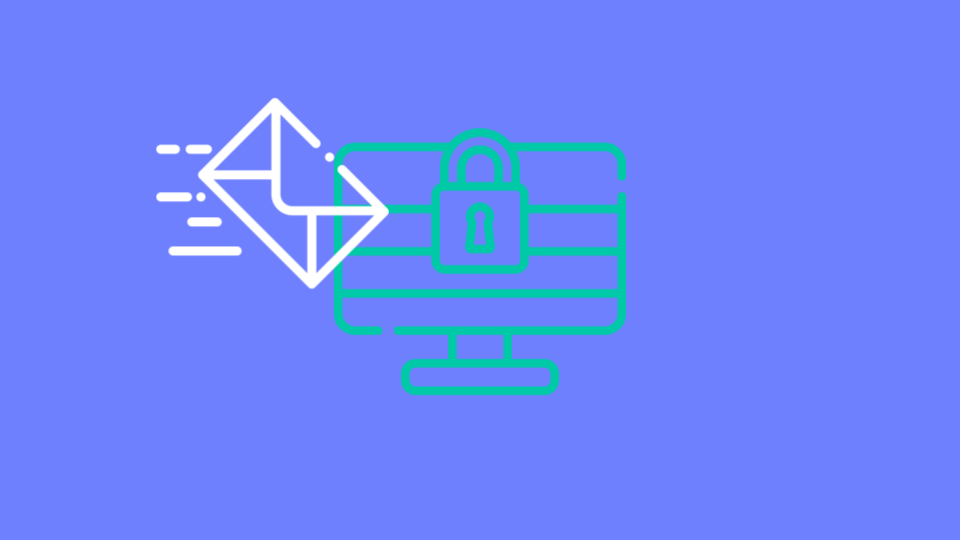In today's rapidly evolving digital landscape, email remains a critical artery of communication for organizations worldwide. However, this indispensable tool is also the preferred vector for cybercriminals, resulting in email security soaring to the top of the cybersecurity threat list in 2024. The seemingly simple act of sending and receiving emails now demands nuanced, multifaceted defenses to thwart sophisticated threats like phishing and malware. As businesses increasingly migrate to cloud-based platforms, the challenge intensifies, necessitating a reevaluation of traditional email security practices. This post dives into the complexities of deploying Integrated Cloud Email Security Solutions (ICES) and how different modes can be leveraged to bolster security without compromising productivity.
Inline API-Based Deployment: The Frontline Defense
At the forefront of innovative email security deployment is the inline API-based approach. This method distinguishes itself by preventing malicious emails from ever reaching the user's inbox. Acting as a preemptive strike, inline API-based solutions scrutinize every inbound email in real-time, leveraging extensive databases and cutting-edge technology to identify threats before they have a chance to cause harm. Such a method is not merely about defense but about ensuring continuity and integrity in daily communications.
Post-Delivery: The Safety Net
Even with robust pre-delivery checks, no system is infallible. Post-delivery solutions provide an essential safety net, continuously monitoring for threats that may slip through initial screenings. This deployment option employs sophisticated algorithms to retrospectively analyze emails, enabling it to catch and quarantine malicious communications post-delivery. It offers organizations a second layer of defense, ensuring ongoing vigilance and protection.
Monitoring Modes: The Balancing Act
Monitoring deployment options offer businesses a unique compromise, blending elements of both pre and post-delivery solutions without directly intervening in email delivery. This mode is ideal for organizations seeking to balance security measures with productivity, allowing for the seamless flow of communication while still employing vigorous threat surveillance. By adopting a monitoring stance, businesses can gain insights into potential threats and vulnerabilities, enabling them to adjust their security stance accordingly.
The Imperative of Deployment Flexibility
As threats evolve, so too must our defenses. The capacity to customize and adapt deployment modes according to the unique needs and risk profiles of an organization is crucial. Whether it’s employing an inline API-based solution for real-time protection, utilizing post-delivery for continual monitoring, or integrating a mix of both through adaptable monitoring modes, the ultimate goal remains clear: to safeguard the organization’s digital communication pathways without hindering operational efficiency.
Striking the Right Balance
As we navigate the cloud-centric world of 2024, the ability to effectively balance security and productivity emerges as a paramount concern. The deployment of ICES must be thoughtfully aligned with an organization’s specific needs, taking into account the diverse range of threats and the operational realities of the digital workplace. By understanding the advantages and challenges associated with various deployment options, businesses can make informed decisions that not only protect their digital environments but also promote seamless, efficient workflows.
The journey toward optimal email security is complex, but by leveraging tailored deployment strategies, organizations can fortify their defenses against the multifaceted threats of the digital age. As we continue to rely on email for critical communications, the importance of deploying the right security solution has never been more clear. Navigating these strategic decisions with insight and precision will define the success of our digital security efforts now and in the future






